Maurice Malone's Fresh New Start - WWD
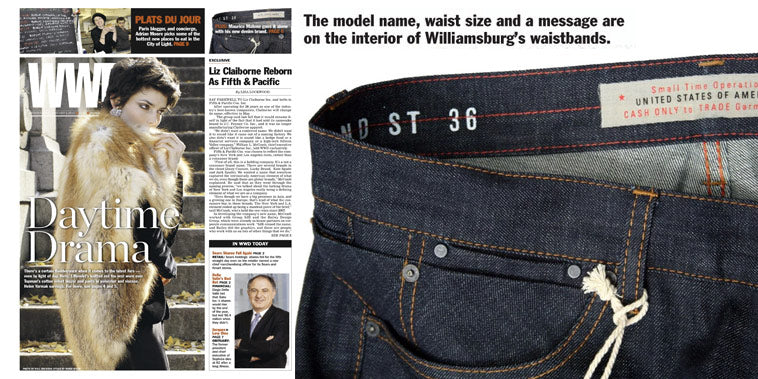
By Arnold J. Karr, published by WWD on Wednesday, January 4, 2012
If Maurice Malone’s new brand, Williamsburg Garment Co., doesn’t make it, he’ll have no one to blame but himself. Or at least that’s how the new jeans business has been set up.
Malone, whose childhood aspirations to become a special effects animator were abandoned in time for him to land at the vortex of the burgeoning hip-hop scene in New York and his native Detroit, has no backers. At the moment, he has no plans to solicit any or, for that matter, to attend trade shows or supplement his current staff of one—himself.

Working from home in the Williamsburg section of Brooklyn, Malone is looking to avoid the pitfalls of the past—which have included backers and licenses and initially successful forays into women’s contemporary sportswear and a men’s collection—and put together a line of jeans for a limited number of stores that generally sell their denim for $150 and up. But, working with extremely limited overhead, he’s selling retailers jeans with an abundance of detail at $31 for them to sell at about $90, and he’s looking to relegate his distribution to one retailer per market, starting with stores including Brooklyn Denim Co., not far from his Williamsburg apartment; Opening Ceremony in Manhattan and Los Angeles; and Sugarcube in Philadelphia. Subsequent accounts might include better stores with a presence in multiple cities, both in the U.S. and abroad.
“I make that statement because, first, it’s the truth, and second, so I can prove and inspire people—especially talented designers who may have had bad breaks or think it can be done without backers—that they can achieve success in this business by, as Steve Jobs said, ‘thinking different’ and going for it,” he said.
On the inside of the waistband, a customer will find the waist size and the name of the model, which in all cases is taken from the name of a street in Williamsburg. There is no branding on the outside, other than the logo on the button and a subtly embossed logo on the outside waistband. The logo is a simple W with a horizontal line across its second half, picking up on his decision to reverse the A in the company’s name, a twist Malone likens to the work of graffiti artists.
The designer’s goal was to make a product that could go head-to-head with the work of many of denim’s leading premium brands. Perhaps the signature mark of the collection is the conguration of the front right pockets, which go several steps beyond the usual coin pocket in five-pocket jeans and, using sewing and bar-tacking, accommodate four interior pockets, even including one for coins. Selvedge is used liberally throughout the line, which Malone wears and prefers to show with the bottoms turned up for a cuffed effect. The denim itself leans heavily but not exclusively on dark shades, with only whispers of whiskering and distress treatments.
The growth of Mo Jeans brought him back to New York in 1995, leading him to more growth, this time through a licensing model, as well as disappointment. While his launch of a men’s tailored collection in 1997 earned him a 1998 nomination for Best New Menswear Designer from the Council of Fashion Designers of America and his wholesale adventures were expanding, his associates back in Detroit had mismanaged his store, which he was forced to close. And his cash-consuming move into the collections business wasn’t panning out as expected.
“We spent a lot of money on runway shows and on PR,” he recalled. “But the editors we were talking to didn’t want Maurice Malone for suits; they wanted Gucci. And they didn’t want Mo Jeans for jeans; they wanted Maurice Malone.”
He adjusted the business, grew to about $40 million in sales, and seemed back on track until the Sept. 11 terrorist attacks led to major cancellations.
Almost as if anticipating some of the troubles ahead, Malone in 1999 took a step that would pay immediate and future dividends. Already a self-taught animator, sewer, and designer, he taught himself web site design and management and began denimwork.com, which would provide a platform for his later freelance activities, his primary source of work in recent years, as well as blogs and limited business-to-business and business-to-consumer selling. He’s still running the site today.
In starting out small, Malone isn’t only reacting to the excesses—in price and branding visibility—that he’s noted in much of the premium denim market. In many ways, he is commenting on his own history, an odyssey from a nearly accidental career in the apparel business to the edge of “the next big thing.” Exposed to the growth of hip-hop during an early stay in New York, he returned to Detroit and began staging shows on his own, earning him the nickname “the Russell Simmons of Detroit” during a time when the city was just embracing the genre. (Much of that activity was reenacted in the movie “8 Mile, starring Eminem.)

Having taught himself how to sew and earlier made hats and boxer shorts of his own design, he began offering oversized jeans, again of his own design and construction, on a table at his music shows. Demand was strong enough that a local retailer worked with him to produce a few thousand pairs for sale in her store. He then opened a store of his own in Detroit, The Hip-Hop Shop, focusing on his own Mo Jeans, which he had dubbed “Blue Jeans for Your Ass,” and also selling mix tapes, magazines, and larger fashion brands such as Phat Farm and Marc Ecko.
I guess I’ve learned things best from bad experiences,” he said. “When I was a kid, I saw my mother reach into the oven with an oven mitt, so I put on a pair of regular mittens and reached into the oven, too. Lesson learned." Malone would eventually throw his self-styled hat into the growing premium denim business with Mo Jeans Black Label, but found a lack of enthusiasm among those hired to sell it. “I was a bit ahead of my time, putting skulls and crossbones on some of my tops,” he said. “The salespeople said it couldn’t work. I guess there are two types of salespeople: order takers and people who really try to understand the concept behind the product.”
Meanwhile, the time he’d spent in China putting his own lines together served him well, positioning him for a number of freelance assignments that took advantage of his comprehensive knowledge of the production process and related areas such as denim and jeans finishing and supply chain management. He estimates he applied for more than 1,500 jobs, resulting in only a handful of interviews.
However, he’s hoping that the years ahead will spell new opportunities for the U.S. manufacturing arena. “Eventually, I’d like to be in a position to bring our manufacturing into the U.S. from China. Right now, China makes it easy to do one-stop shopping, with one maker handling not just the fabric, cutting, and sewing but also bringing together the labels, printing, findings, and doing the shipping. There have been some signs of that out in Los Angeles. If we can make the same kind of a community here—maybe even in Williamsburg—without gouging, I think we’ll be able to bring one-stop shopping to the U.S. again and compete with international factories. It’s a matter of getting the people who have survived to work together.”


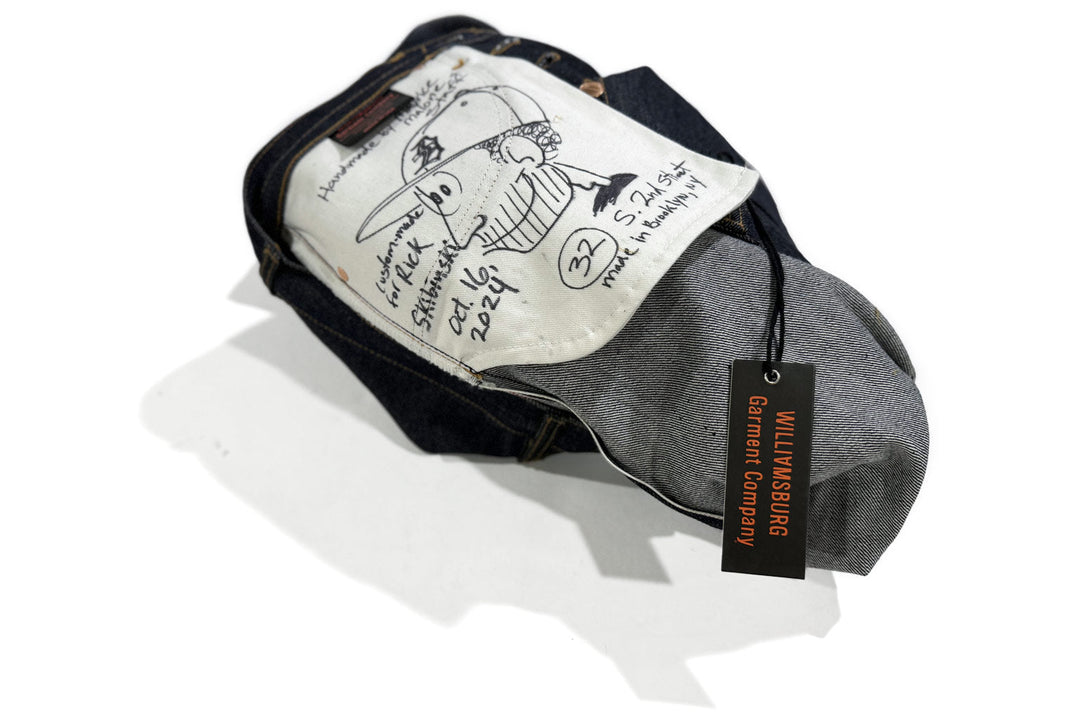
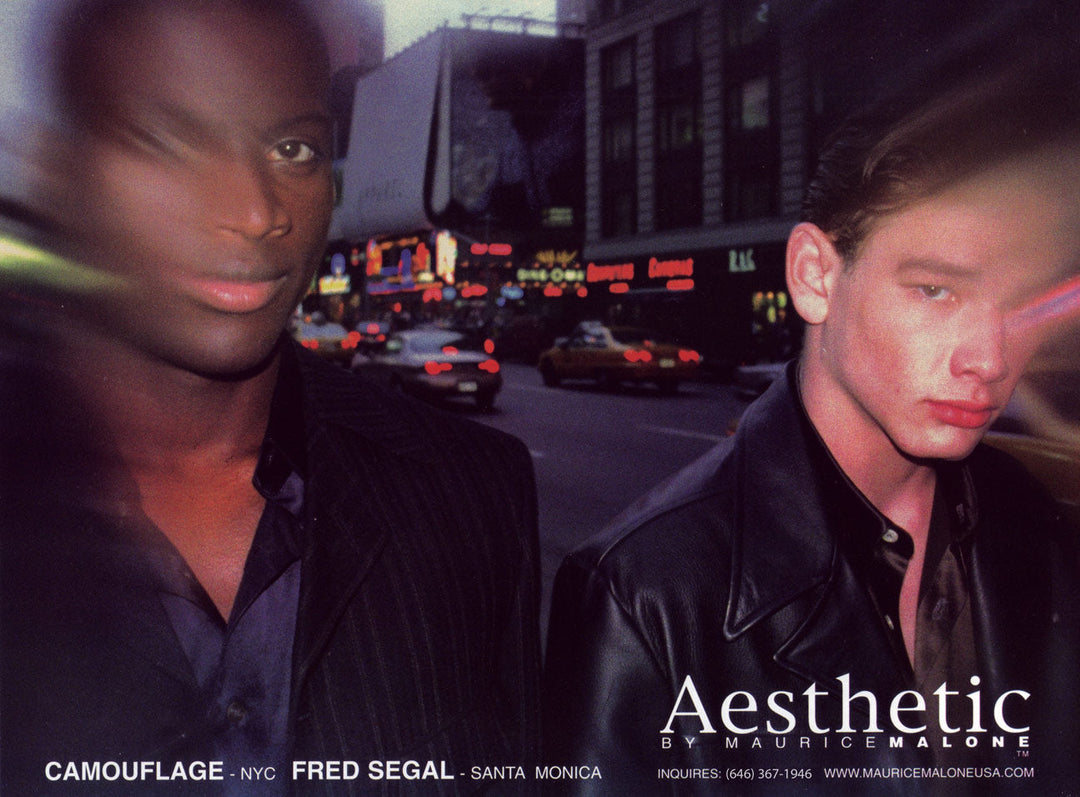
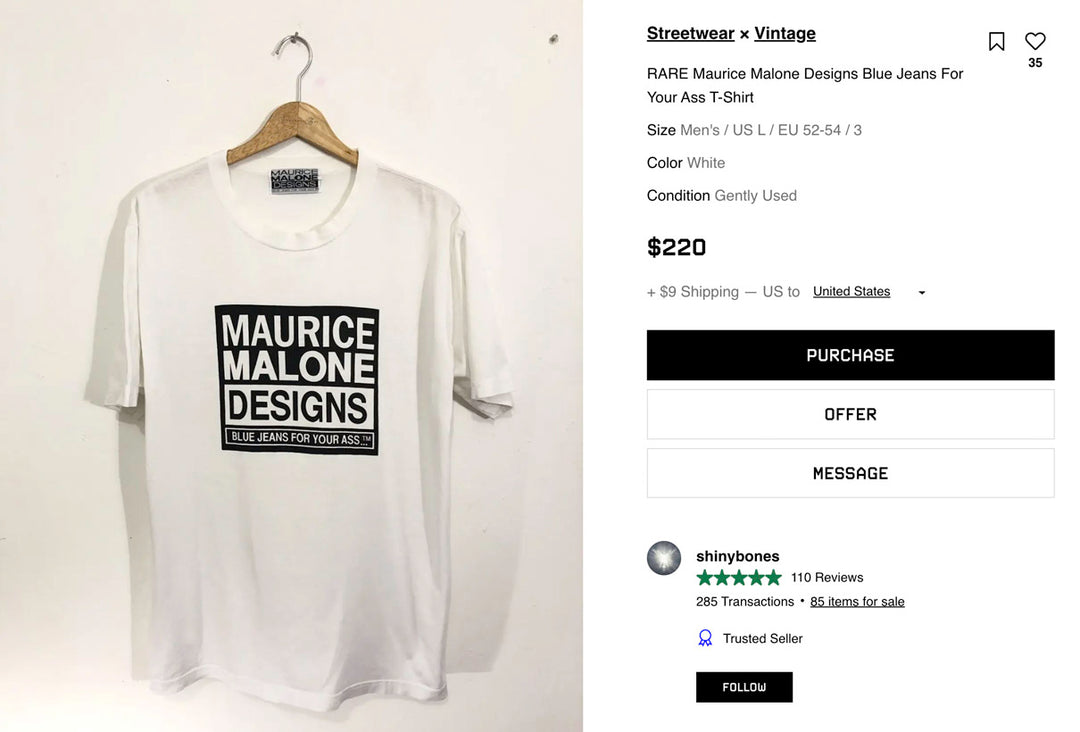
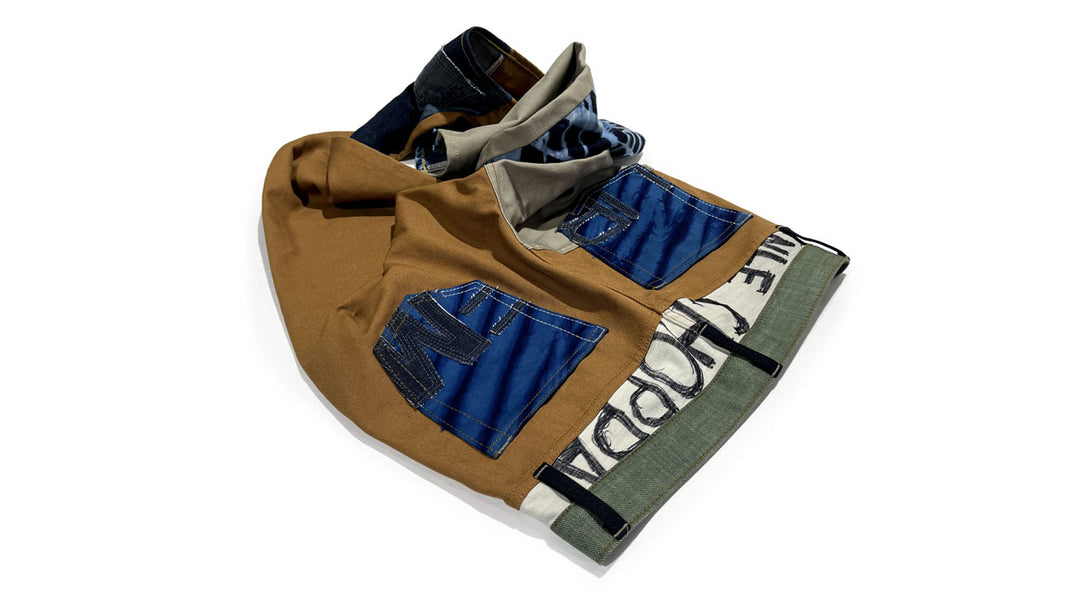
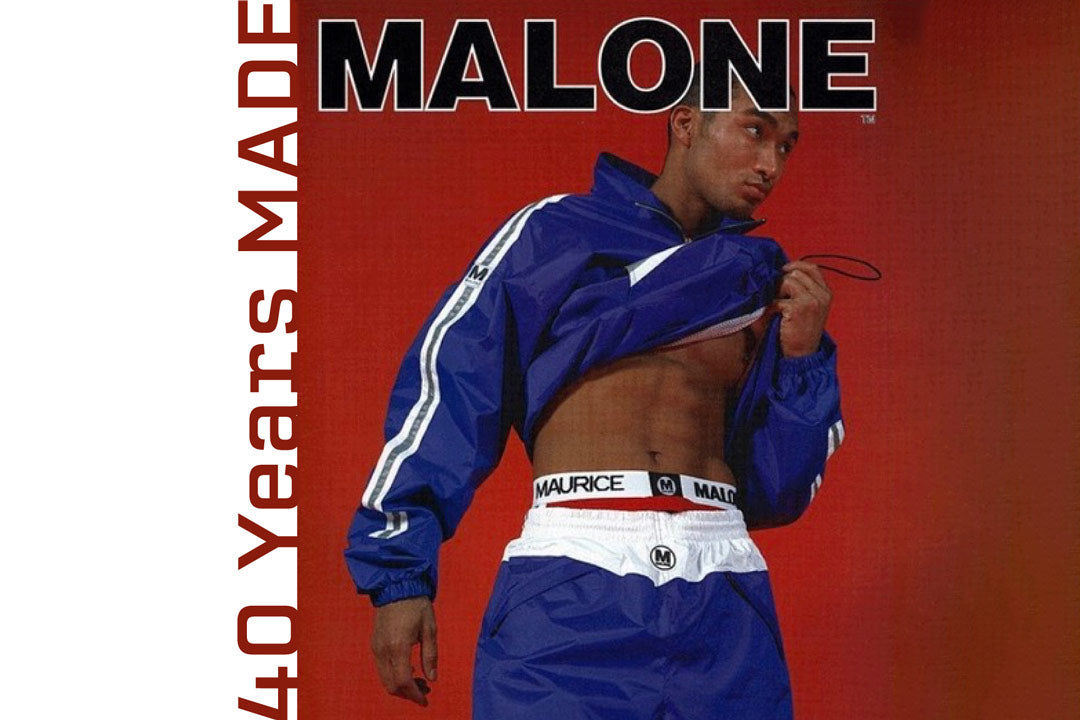
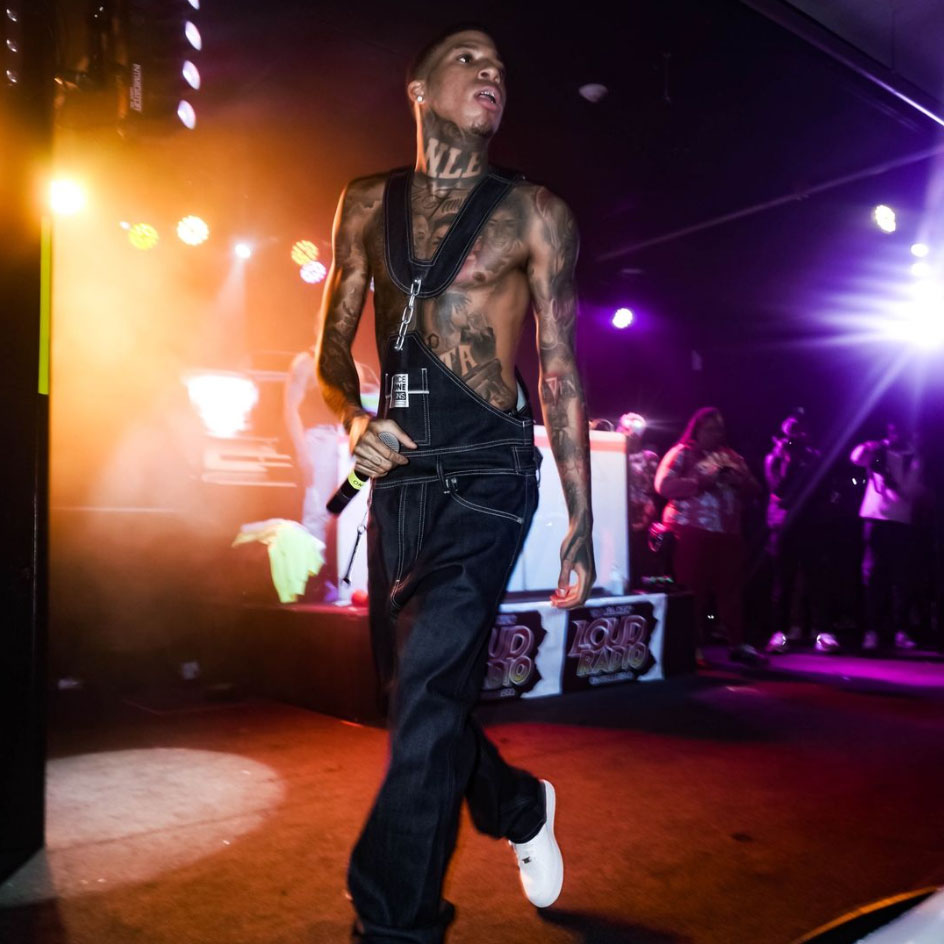
I would truly love see Manufacturing here in The United States specifically New York. I really want to be able to work with the efforts. The things mentioned above are most of My Aspirations & Goals.
I am in The Williamsburg Area.
Is that a new MMD design suit?
Looks Great.
Leave a comment